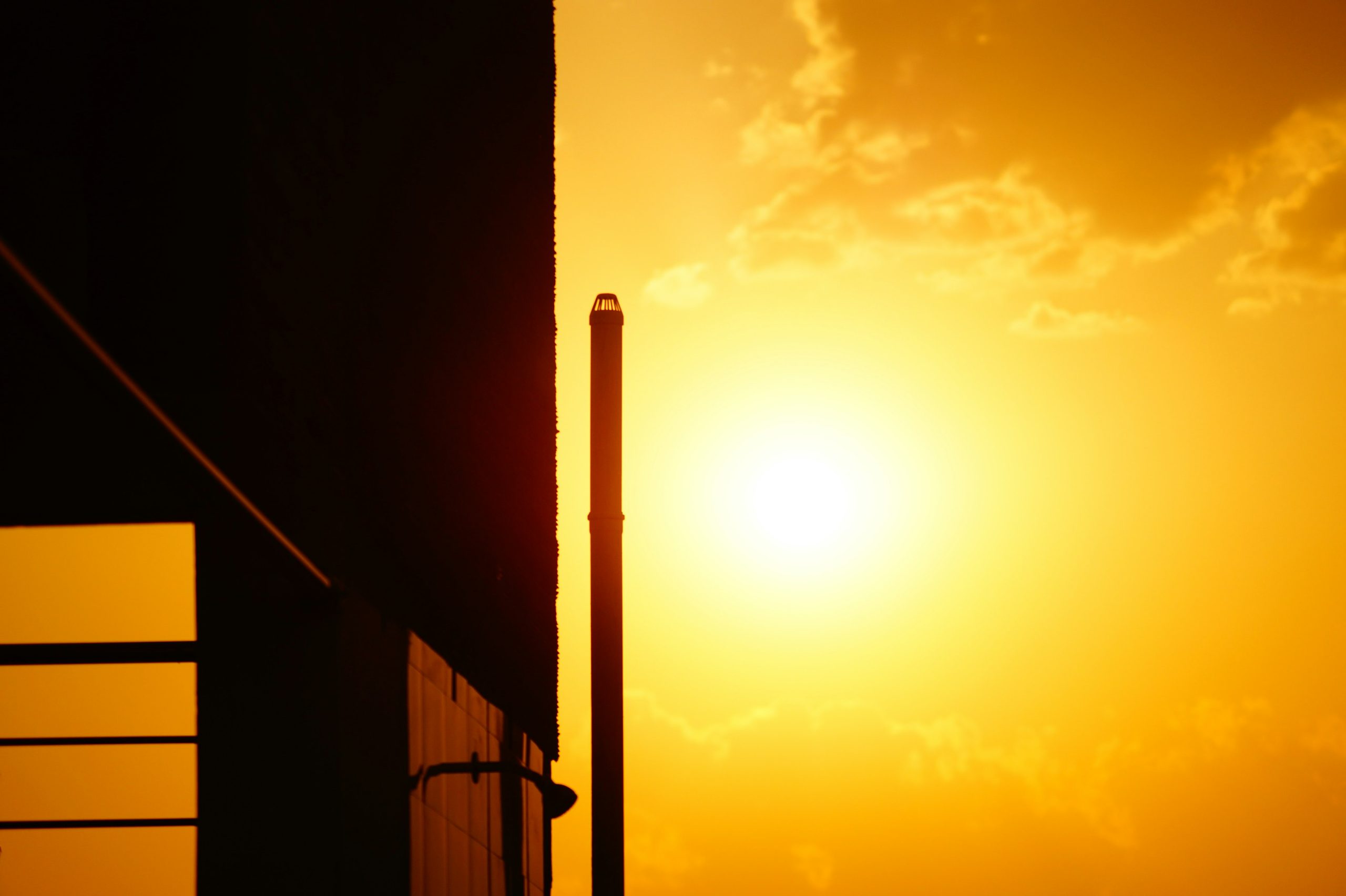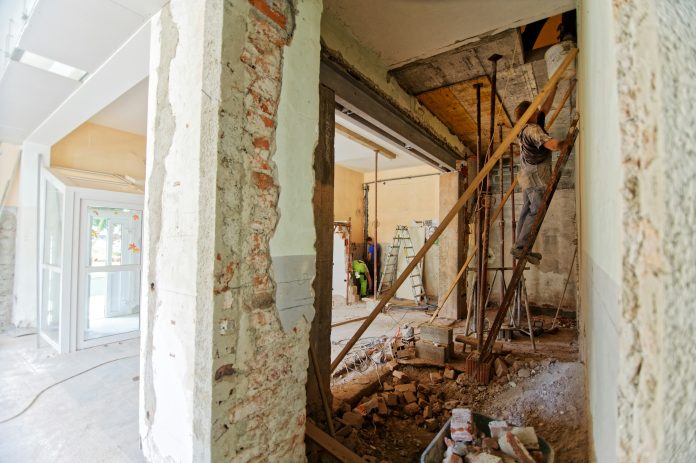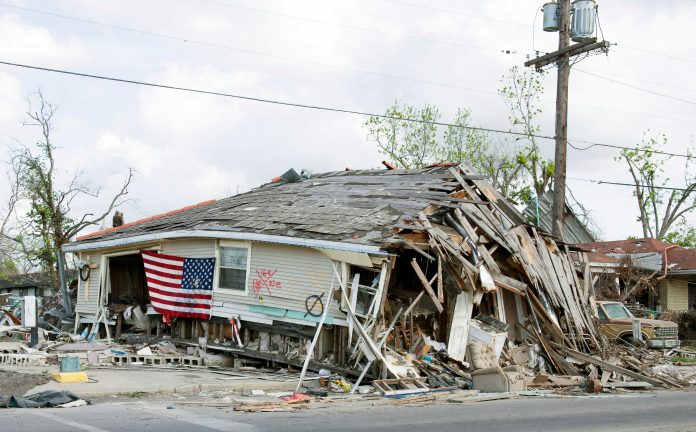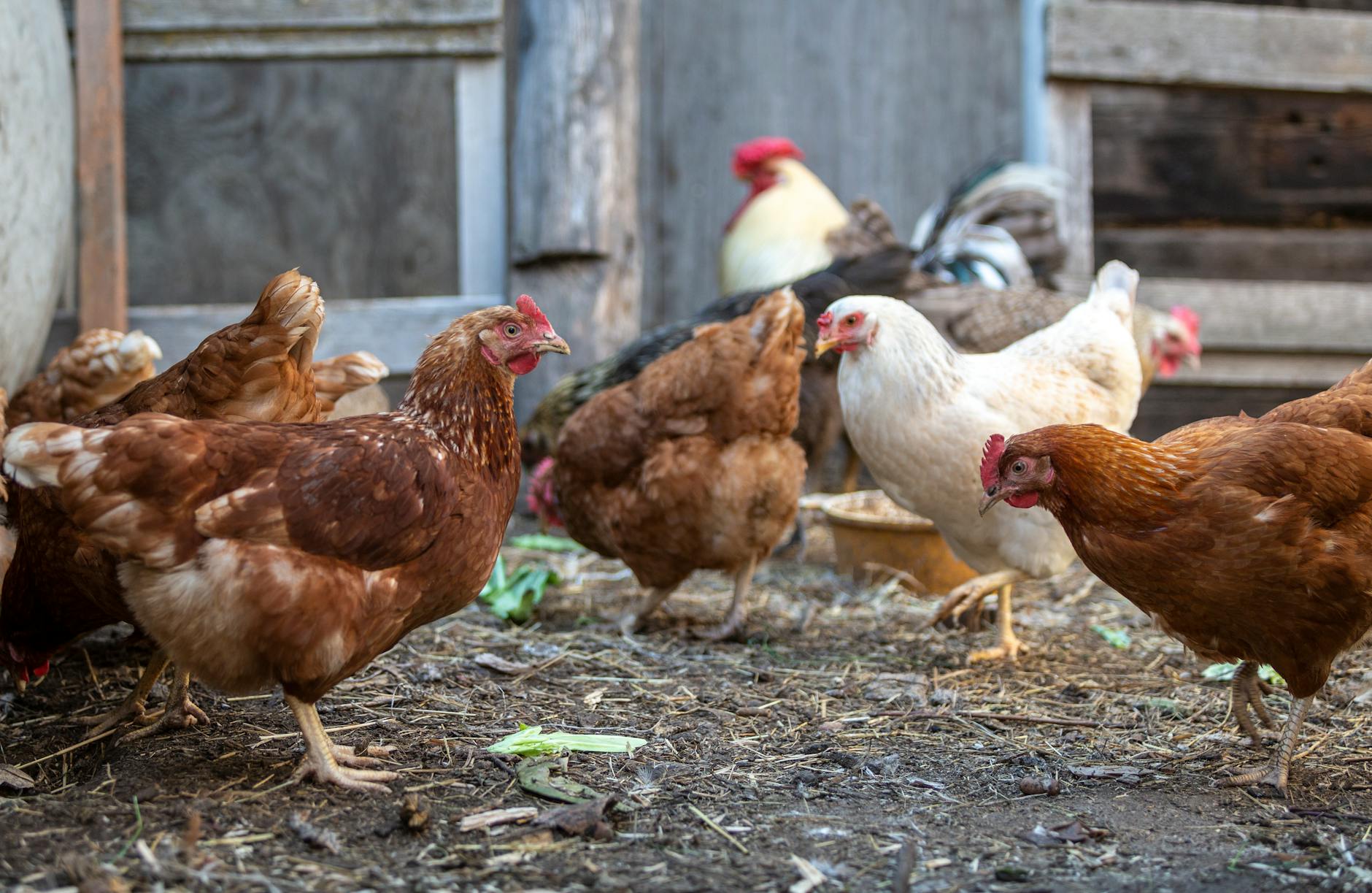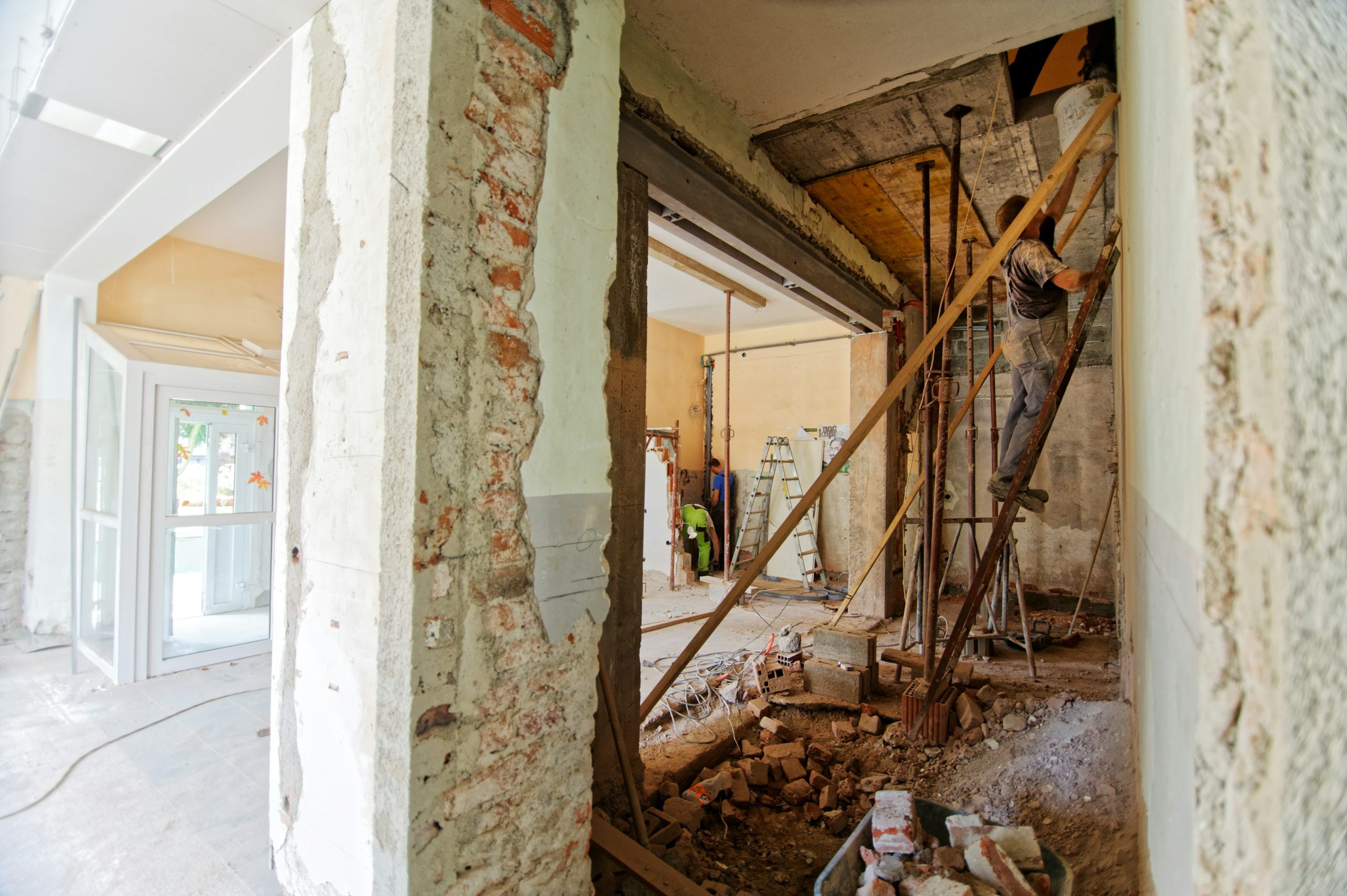Extreme heat is no longer just a summer affair. While it directly impacts your health, it also takes a toll on the homes you rely on for shelter, turning into a full-blown homewrecker.
Extended hot spells are becoming more frequent, making your home increasingly vulnerable to heat-related damage. But don’t sweat it! There are plenty of energy-efficient solutions to keep your home cool, even during the dog days of summer. Here are the biggest threats extreme temperatures pose to your abode — and what you can do about it.
1. Install a Cool Roof
Roofs take the brunt of extreme heat since they are exposed to it almost daily. They absorb sunlight, which can transfer as hot air inside the home. Under extreme heat exposure, asphalt shingles can blister, warp and crack. They can also lose their protective granules, leaving the shingles vulnerable to UV damage and premature aging.
Rubber sealants can either melt and soften or completely dry out. Both can happen under extreme temperatures. They lose flexibility and elasticity under intense heat and pressure. If they dry out, cracks can form, leading to leaks.
You can install a cool roof — a high-reflectivity roofing system that deflects sunlight and minimizes heat absorption. High deflection preserves the integrity of your shingles and sealants and reduces the need for air conditioning, saving you money on roof repairs and daily energy costs. Even in non-air-conditioned buildings, a cool roof can lower indoor temperatures by up to 5.9 degrees Fahrenheit.
If replacing the roof isn’t an option, consider applying a high-heat elastomeric coating to enhance reflectivity and extend your roof’s lifespan.
2. Focus on Insulation and Landscaping
Your home could still suffer even if you’re not in a drought-stricken area. Extreme heat dries out the surrounding soil, causing it to shrink. You might find foundation shifts, cracked walls, and misaligned doors and windows. Worse, when moisture returns and the ground expands again, parts of your house can warp. It’s an endless cycle of damage that may go unnoticed for the first few years but can lead to severe structural issues as dry and wet spells continue.
To help your home withstand these effects, focus on insulation and landscaping. High-thermal mass materials like brick and stone are better for temperature regulation than untreated wood, which can warp.
And your plants? They’re not just for aesthetics or your green thumb journey — they help shade the foundation and retain soil moisture, keeping it stable. Planting drought-resistant greenery like snake plants and certain palm species around your residence ensures that your landscaping survives the scorching weather without excessive maintenance.
3. Optimize Your Garage to Lower Temperatures

Much like an oven, your garage can trap warmth and raise the temperature in your home, especially if it’s attached to the house. Garage door panels can warp and misalign, creating gaps that let heat seep in. Garage door motors can also overheat, and lubrication can dry out, leading to increased friction and faster wear and tear.
Remedy this by insulating your garage door to regulate indoor temperatures and prevent heat from affecting your home’s interior. Weatherstripping helps seal gaps and strengthen defenses against heat. To monitor and control garage temperatures, install a smart thermostat to track how hot it gets. Additionally, repainting your garage door in a lighter color can help reflect heat instead of absorbing it.
4. Take Pressure Off Your HVAC System
Rising temperatures strain your HVAC system, forcing it to work overtime, which leads to higher energy bills and potential breakdowns. Imagine panting in the extreme heat, desperately wanting to turn on the AC, only to find out it’s broken when you need it most. Summer 2024 was the hottest on record, surpassing previous record-holder summer 2023 and indicating that temperatures are consistently trending upward.
With today’s record-breaking heatwaves, air conditioners struggle to keep up as relentlessly hot weather pushes houses beyond their cooling capacity. To survive the blistering heat — and save your wallet — the Department of Energy recommends setting your thermostat to a comfortable temperature while keeping in mind that the smaller the difference between indoor and outdoor temps, the lower your energy bill will be. Filters should be replaced every three months to keep them energy-efficient.
For even bigger savings and energy efficiency, consider upgrading to an Energy Star-rated AC unit, which can reduce cooling costs by up to 20 percent. Even something as simple as using ceiling fans to circulate air can make a room feel significantly cooler without touching the thermostat.
5. Consider Window and Door Solutions

You might be closing your doors and windows, but have you thought about the little gaps between the frame and the wall? Air leakage can account for high levels of energy loss when gaps in your windows and doors let in drafts, messing with your heating and cooling, particularly in older houses. Extreme temperatures can worsen this issue, causing materials to expand and leaving gaps in doors, windows and even ceilings.
Aside from weatherstripping, other solutions include using blackout curtains to block the sun’s heat, particularly during the hottest summer days. You can also apply heat-control window films. To make a bigger change, consider installing low-emissivity glass windows to reduce heat transfer. While it might require an upfront investment, you can expect up to a 50% reduction in energy loss.
For foundation leaks, apply spray foam insulation around the windows and doors to create a tight seal and help your HVAC system work less hard.
Beat the Extreme Heat While Saving Your Pockets
Heat affects everything from your foundation to the inner workings of your home. Extreme heat comes with its perils health-wise and pocket-wise, but proactive steps can help. The sooner you act, the more comfortable and affordable your summers will be.
